






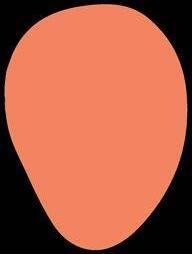









Parents want what's best for their children. They want them to growandplay,tolearnandhavefun.Haveyoueverwondered how you can use The Figgy to target age appropriate developmental milestones? Our product comes highly recommended by speech therapists, occupational therapists, andmentalhealthprofessionals.
We partnered with DotCom Therapy, the leading therapist foundedpediatricteletherapycompany,tocuratethisplaybook thatwalksyoustepbystepthroughdevelopmentalmilestones, activities,andtherapistinsightsforusingTheFiggytohelpyour childreachtheirhighestpotential-whilehavingfun!
Activities are suggested for specific age groups, but in early/preschool years, activities can often be used across multiple ages by increasing difficulty, so feel free to explore suggestionsforallages.
If you have concerns about your child's development, please contact DotCom Therapy to consult with their licensed and certified speech, occupational, andmentalhealththerapyproviders.
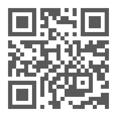
Scan QR code to access DotCom Therapy's website.
**Developmental Milestones from CDC & American Academy of Pediatrics



Bring items to you to show you
Plays simple pretend (for example, feeding a doll)
Likes to hand things to others as play
May have temper tantrums
May be afraid of strangers
Shows affection to familiar people
May cling to caregivers in new situations
Points to show others something interesting
May explore alone but with parent close by
Knows purpose of ordinary objects (for example: phone = talking, brush = grooming, spoon = eating)
Uses single words
Begins to say "no"
Points to what they want
Retrieves objects from another room when asked
Points to a few body parts when asked
Responds to their name most of the time when you call it
Follows one step, verbal directions
Walks alone
May walk up steps
Pulls toys while walking
Can help with dressing
Drinks from a cup
Eats with a spoon

Points to get the attention of others
Shows interest in a doll or stuffed animal by pretending to feed
Points to one body part when named Scribbles on their own
Can follow one step verbal commands without any gestures; for example, sits when you say “please sit down”



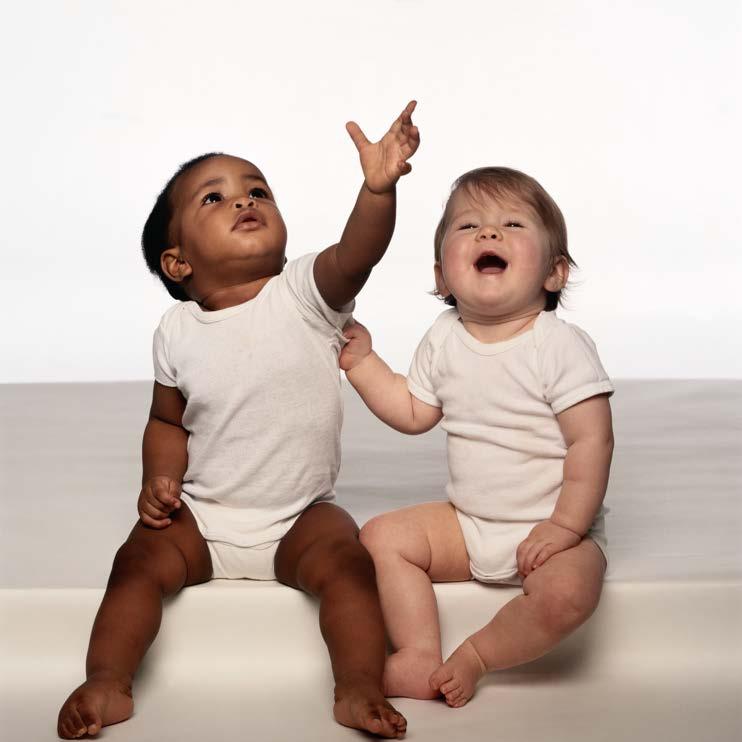
May run
"Forcommunicationdevelopment,atthisage we want to engage kids in connective activities. They are learning how communicationworks,sonotonlynewwords, but the reciprocal nature of communication, howtousecommunicationtomeettheirneeds andparticipatesocially."


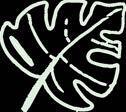

Caregiver or child hides behind a Figgy cushion or bolster and then pops out to surprise each other.
Therapist Insight: This activity encourages cognitive skills (e.g., object permanence) but also communication skills such as joint attention, social skills, and reciprocal communication. It is also helpful in developing trust and engagement during influxes of separation anxiety. By building on object permanence, your child will recognize that you always come back!
Turn your Figgy into a table for a tea party, a house or castle, or set it up as a boat to sail out to sea. Use your imagination!

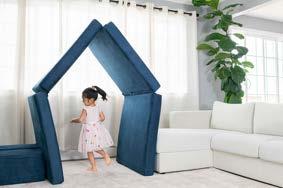
Therapist Insight: Imaginative play encourages cognitive, communication, and social emotional development. It is rich in new vocabulary and cognitive concepts and encourages emotional connection. It also allows a space to practice important social routines and skills. When playing, be sure to describe actions of you and your child and narrate through your play. Your child's mind is a sponge and even when it feels silly, their receptive language skills are improving.

Set your Figgy up in a couch position (cushions on bottom, bolsters as the back of the couch). Sit down with your child and read age appropriate books with them.
Therapist Insight: Reading to your child at this age encourages early literacy skills and improves vocabulary and cognitive concept development.

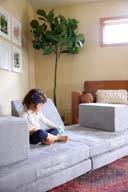



Copies others, especially older children and adults
Plays near and with the same toys as others
Increasingly aware of themself as separate from others
Points to objects as they are named
Follows simple instructions with 2 steps
Recognizes names of familiar people, objects, and body parts
Uses 2-3 word phrases
Repeats words overheard in conversation
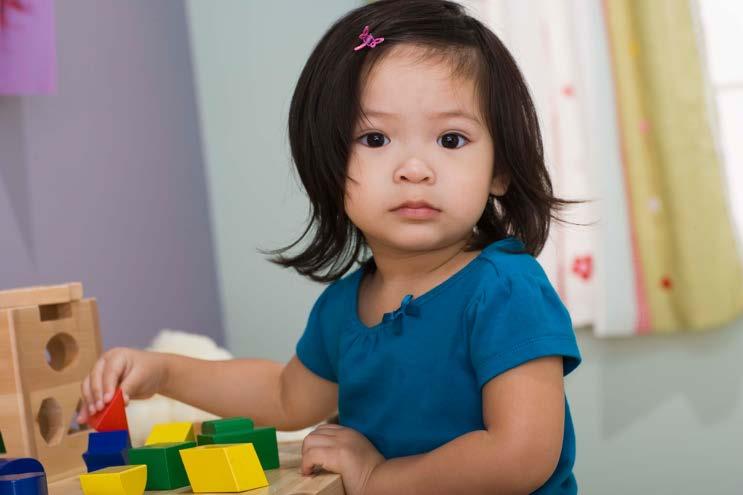
Increasingly enthusiastic about company of other children
Demonstrates increasing independence
Begins to show defiant behavior as a part of expressing/testing independence
Increasing episodes of separation anxiety toward midyear, then they fade
Finds hidden items
Sort shapes
Plays make believe
Builds towers of 4 or more blocks
Finds objects even when hidden under two or three covers
Begins to sort by shapes and colors




Climbs furniture without help
Walks alone and begins to run
Pulls toys behind them while walking
Carries large toy or several toys while walking Stands on tiptoe
Kicks a ball
Walks up and down stairs holding on to support
"Through the ample opportunities for pretendplaywithTheFiggy,yourchildcan practiceimportantsocialengagementslike negotiation, empathy, considering others' perspectives, expression of thoughts, listeningtoothers,roleplay,andreciprocity; all vital skills for academic and emotional development!"



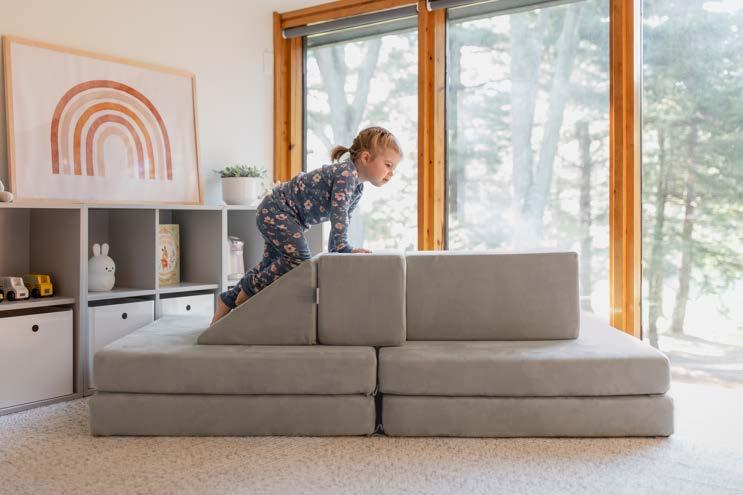

Connect two cushions and set them up to create a tunnel. Have your child crawl through. To add an additional skill, put the pieces of a shape sorter or puzzle on one side and have them crawl through to get the pieces and then back through to put the puzzle together.
Therapist Insight: Crawling on hands and knees builds core and neck strength and provides deep pressure input. For greater development of skills, put pillows in the tunnel for them to crawl over. This makes the surface uneven requiring them to crawl with their arms and legs separately. The puzzle/shape sorter encourages development of cognitive and fine motor skills.
Use the Figgy cushions/bolsters or blankets to hide small toys or pictures for your child. Comment on the items as they are found.

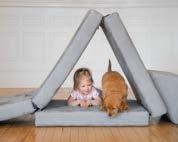
Therapist Insight: This activity encourages cognitive, communication, and social/emotional development. Use a variety of objects to boost vocabulary exposure and talk about the objects (color, size, purpose, etc.)
Create a tunnel (same as above). Place the other two cushions on one side to create a landing pad. Encourage your child to climb to the top and jump off onto the landing pad. *To ensure safety, be sure to complete this activity only when clear of other objects in the room and you may also consider putting down other mats, blankets, etc. for cushioning.
Therapist Insight: Climbing builds core strength, provides sensory input, and assists in building coordination needed for advancing skills with dominant and non-dominant hands. To encourage communication, talk about what your child is doing (climbing up, jumping off, etc.).


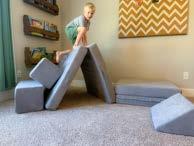

Understands "mine" and "his/hers/theirs"
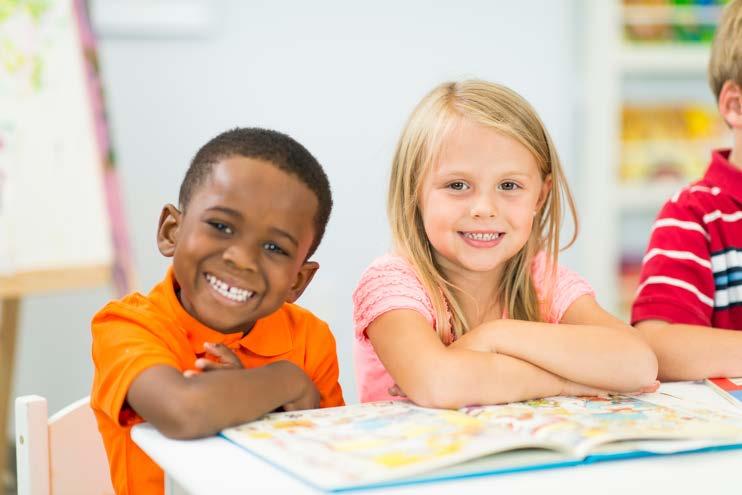
Copies adults and friends
Shows affection for friends without prompting
Takes turns in games
Shows concern for crying friend
Shows a wide range of emotions
Separates easily from parent/guardian
May get upset with major changes in routine
Dresses and undresses independently
Can work toys with buttons, levers, and moving parts
Plays make-believe with dolls, animals, and people
Does puzzles with three or four pieces
Understands what “two” means
Copies a circle with pencil or crayon
Turns book pages one at a time
Builds towers of more than six blocks
Screws and unscrews jar lids or turns
door handle








Uses 2-4 word phrases

Follows instructions with two or three steps
Can name most familiar things
Understands “in,” “on,” and “under”
Says first name, age, and sex
Names a friend
Says words like “I,” “me,” “we,” and “you” and some plurals (cars, dogs, cats)
Speaks clearly enough for strangers to understand most of the time
Carries on a conversation using two to three sentences
Movement
Climbs well
Runs easily
Pedals a tricycle (3-wheel bike)
Walks up and down stairs, one foot on each step
"Three-year-olds are working on flexing theirindependenceandtheyaretryingto understandwhotheyare. Byworkingwith themtotrynewthingsandhelpingthembe successful,youcanassisttheminbuilding self-confidenceandself-esteem."
 -Dr.JaynaNiblock PhD,
-Dr.JaynaNiblock PhD,
OTD,OTR/L,BCP,BCTS DotComTherapy

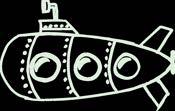

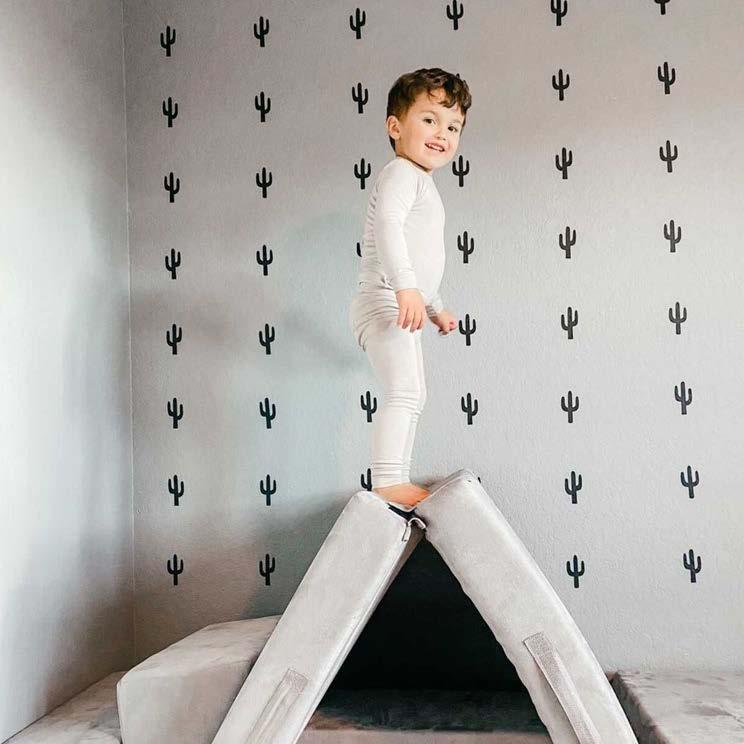
Build your favorite Figgy fort and fill it with pillows, blankets, and books. Using a flashlight or lantern, go inside with your child to read or encourage them to look at books independently.
Therapist Insight: Reading with your child encourages early literacy skills and vocabulary/language development in addition to building connection and social/emotional skills. Reading and spending time in a fort or other small spaces also helps a child develop body awareness leading to increased ability to remain calm and attentive to a task.
Use the Figgy to set up a simple obstacle course. Set cushions up to make a tunnel or lay the bolsters on the floor for a balance beam or to jump from one to the next.


Therapist Insight: Completing an obstacle course aids in planning and organization skills in addition to movement development such as core, leg, and arm strength. Jumping and crawling also provides deep pressure sensory input.

Take turns with your child telling each other directions to complete with two or three steps. For example, "crawl through the tunnel and jump over the cushion" or "jump five times and then climb up the fort and jump off."
Therapist Insight: This activity encourages language development and memory skills. By allowing your child to both give and receive directions it encourages receptive and expressive language. If they have trouble remembering, feel free to coach them through the activity and then have them do it by themself. Giving and receiving directions for movement also allows your child to learn to build motor planning or praxis skills and allows them to determine new ways to complete a task they have done before leading to increased flexibility when done successfully.




Gains creativity with make-believe play
Enjoys doing new things
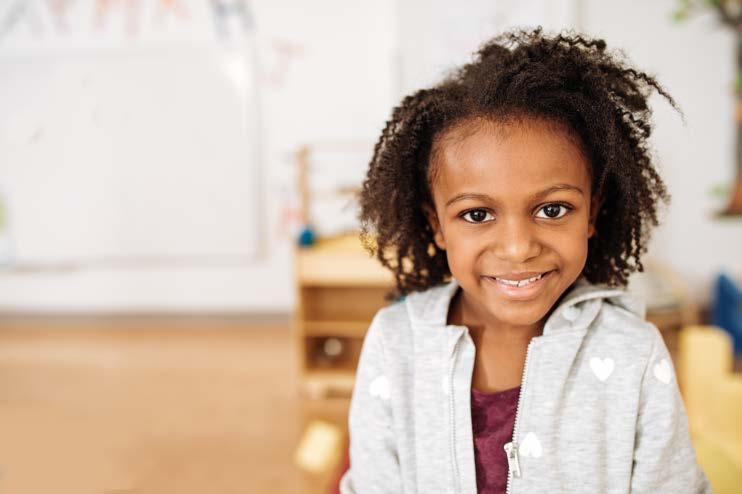
Plays “Mom” and “Dad”
Would rather play with other children than by themself
Cooperates with other children
Often can’t tell what’s real and what’s make-believe
Talks about what they are interested in
Names some colors and some numbers
Understands the idea of counting
Starts to understand time
Remembers parts of a story
Understands the idea of “same” and “different”
Draws a person with two to four body parts
Uses scissors
Starts to copy some capital letters
Plays board or card games
Tells you what they think is going to happen next in a book




Tells stories
Knows some basic rules of grammar, such as correctly using “he," “she," and "them"
Sings a song or says a poem from memory such as the “Itsy Bitsy Spider” or the “Wheels on the Bus”
Can say first and last name
Can name most objects
Hops and stands on one foot up to two seconds
Catches a bounced ball most of the time
Pours, cuts with supervision, and mashes own food
"By the time a child is four, familiar people shouldbeabletounderstandeverythingthata childissaying.Ifyoustillhaveaveryhardtime understanding your child's speech you may wanttolookintoaspeechtherapyevaluation."
-NicolePounds


M.S.CCC-SLP DotComTherapy



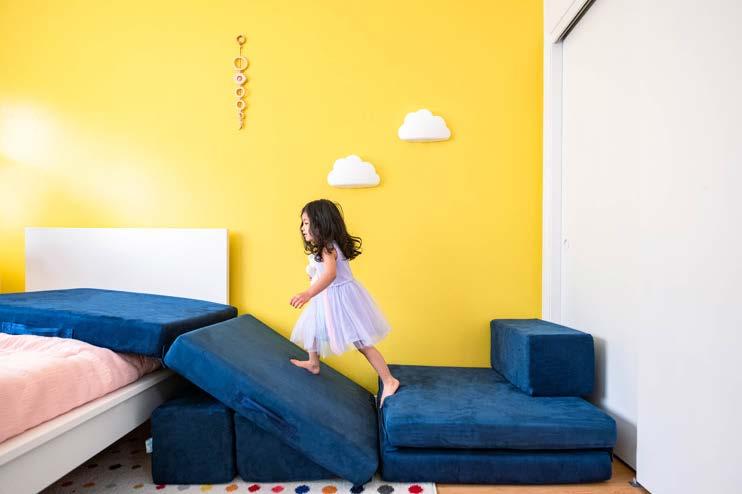
Make a pile of objects from around your house (could also do this with laundry!). Put out two to four cushions on the ground and work with your child to sort the items into categories (e.g., color, object type, purpose, etc.).
Therapist Insight: Categorization is a foundational skill for many cognitive, language, and academic concepts. This activity can be adapted to teach colors, same/different, purpose, shape, etc.
Build your favorite Figgy fort and use it as a "house" to pretend play in. Allow your child to choose what role they want to play (mom, dad, baby, puppy, etc). Talk about the things you are doing, bring in additional items from your house to play with, etc.

Therapist Insight: This activity promotes social/emotional skills and language skills in addition to giving a safe place to practice and learn social skills such as empathy.
Build your favorite Figgy fort to read books in. Ask your child what they think will happen next as you read. Once the book is finished, have your child retell the story or even set up the Figgy as a stage and act out the story.
Therapist Insight: Story retell reinforces early literacy skills, organizational language skills, and vocabulary development. It also gives an opportunity to reinforce and practice skills they learn about while reading.
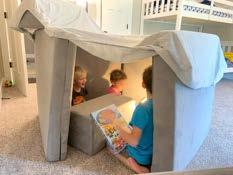
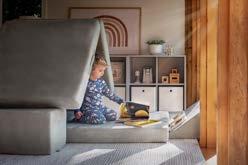



Wants to please friends
Wants to be like friends
More likely to agree with rules
Likes to sing, dance, and act
Can tell what’s real and what’s makebelieve
Shows more independence (for example, may visit a next-door neighbor independently [adult supervision is still needed])
Is sometimes demanding and sometimes cooperative
Counts 10 or more things
Can draw a person with at least six body parts
Can print some letters or numbers
Copies a triangle and other geometric shapes
Knows about things used every day, like money and food
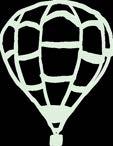



Speaks very clearly (familiar people should understand 100% of words)
Tells a simple story using full sentences
Uses future tense; for example, “Grandma will be here.”
Says name and address
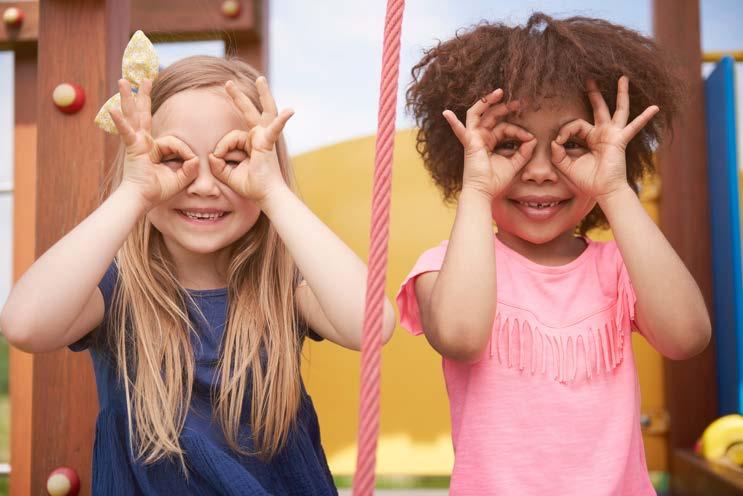
Stands on one foot for 10 seconds or longer
Hops; may be able to skip
Can do a somersault
Uses a fork and spoon and sometimes a table knife
Can use the toilet independently
Swings and climbs
"Grossmotorskillsarethebuildingblocks forfinemotor,visualmotor,cognitive,and social-emotionaldevelopmentaskidslearn throughexplorationandplay.TheFiggyisa greatwaytofacilitatealloftheseskillareas withinyourhomeforyourchildren."
 -Dr.JaynaNiblock PhD,OTD,OTR/L,BCP,BCTS DotComTherapy
-Dr.JaynaNiblock PhD,OTD,OTR/L,BCP,BCTS DotComTherapy






Set the Figgy up in a variety of positions around the room. Pretending that the floor is lava, you and your child move from piece to piece without touching the floor.
Therapist Insight: This activity encourages pretend play, connection, planning, organization, core strength, and balance. By creating obstacles or challenges, you can also assist your child in building problem solving skills and flexibility with ideas.
Connect two Figgy cushions and set them up to make a partition. Have your child hide behind the cushions and use their hands, sock puppets, or toys to put on a puppet show.

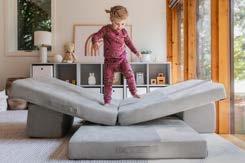

Therapist Insight: Puppet shows encourage language development, social skills, story telling, and pretend play. If your child seems hesitant at first, feel free to join them as an "actor" to help guide them.
Set your Figgy up in couch position or your favorite Figgy fort if your child enjoys being in a smaller space for calming. Lead your child in breathing exercises or provide calming activities such as a book, fidgets, body sock, or container with dry beans.
Therapist Insight: Encourage your child to use this space when they are becoming upset but before they become overwhelmed. Do not force them into the space, but invite them to join you and then engage in calming activities such as breathing. Encourage your child to join in, but don't require it. As a child understands how this assists them in calming and sees you becoming calmer, they will learn to do these skills themselves.


